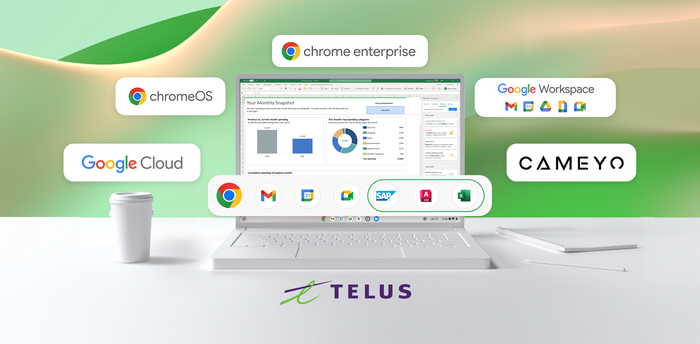3 ways Google benefits from using Chrome Enterprise: An Enterprise Strategy Group analysis
Mark Bowker
Senior Analyst, Enterprise Mobility
Editor’s note: Today’s post is from Mark Bowker, Senior Analyst for enterprise mobility, security and identity at Enterprise Strategy Group (ESG). Mark’s research focuses on what it takes to support today’s workforce as seen through both the perspective of IT and end users.
As analysts, getting to experience products in action gives us a more informed perspective on where they might best fit in the market and the benefits they offerpotential customers. Recently, ESG performed an examination of how Google is using Chrome Enterprise to help both its employees and IT teams. Based on our observations, here are three key benefits of Chrome Enterprise.
1. Increased productivity
When a device is broken or lost, it’s frustrating for both IT and users. IT has to work to set up a new device, and the employee is left without a critical piece of equipment they need to get their work done, creating a cost for the business in the form of lost productivity. Google has solved this problem using a Grab and Go program, wherein employees can take a Chromebook from a charging shelf and log in to access their work, then return it when they’re done, without ever having to wait for a new device to be set-up. Google estimates that more than a third of their employees use the program each year, and that over fifty percent of loans resolve a true productivity-blocking event.2. A more efficient onboarding process
The need for efficiency isn’t just limited to when a device breaks. Businesses also benefit when their new employees can securely connect and be productive quickly, rather than waiting hours or days for their device to arrive. At Google, Chromebooks have substantially reduced the time it takes to provision a new device and deliver it to the end user. What’s more, the same enrollment process can be applied to any Chrome device and doesn’t depend on a specific device image for specific hardware. As a result, it’s easier for IT to set up new devices and enroll them in enterprise management, and new employees are able to get up to speed more quickly.3. Secure remote collaboration
Once employees have their devices, they need to be able to be productive from wherever they are, even when they don’t have a connection. Google solves this by using Chromebooks in conjunction with a few of their other Google Cloud products. When workers are outside of the company network, context-aware access capabilities in Google Cloud, based on the BeyondCorp security model, verify identity and context to provide employees access to applications without needing a remote-access VPN gateway. For the times when workers may not have a connection, G Suite allows employees to answer emails or work on documents offline and automatically syncs their changes when they go back online.
Interested in learning more about each of these use cases? ESG explored these benefits in a series of videos that can be viewed from the Chrome Enterprise website.



